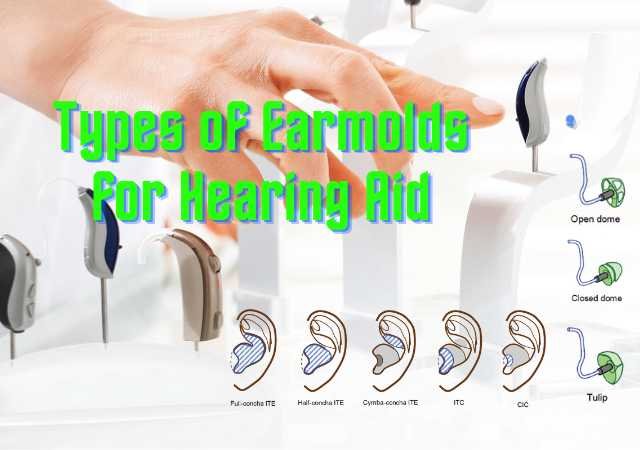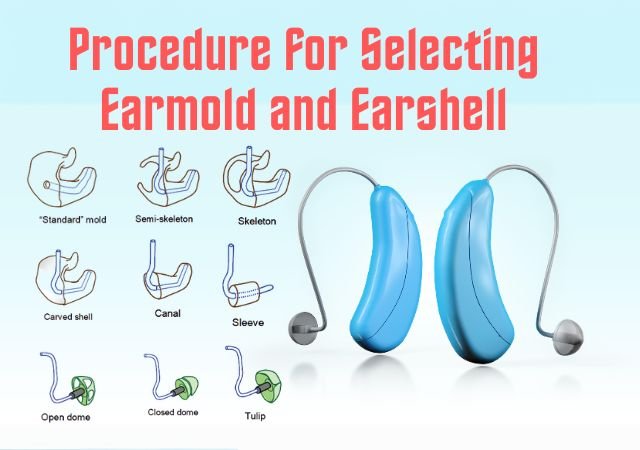Central Auditory Processing Disorder (CAPD): (Central) Auditory Processing (CAP) or auditory processing—is the perceptual processing of auditory information in the central auditory nervous system (CANS) and the neurobiological activity that underlies that processing and gives rise to electrophysiologic auditory potentials (American Speech-Language-Hearing Association [ASHA], 2005). Central auditory processes are the auditory system mechanisms and processes responsible for
the following behavioral phenomena.
- Sound localization and lateralization
- Auditory discrimination
- Auditory pattern recognition
- Temporal aspects of audition including:
- Temporal resolution
- Temporal masking
- Temporal integration
- Temporal ordering
- Auditory performance with competing acoustic signals
Central Auditory Processing Disorder (CAPD) to refer to deficits in the neural processing of auditory information in the CANS not due to higher order language or cognition, as demonstrated by poor performance in one or more of the skills listed above (ASHA, 2005).
Incidence and Prevalence of CAPD
Some studies have estimated prevalence (the number of cases at a given point in time) as the following:
- Children:
- 2%–3% (Chermak & Musiek, 1997; Palfery & Duff, 2007).
- Male to female ratio of 2:1 (Chermak & Musiek, 1997; Palfery & Duff, 2007).
- Adults 55 and older: 23%–76% (Cooper & Gages, 1991; Golding, Carter, Mitchell, & Hood, 2004; Stach, Spretnjak, & Jerger, 1990).
Etiology of CAPD
The etiology of CAPD may be linked to a specific lesion or disorder, or may be unknown. Causes and risk factors for CAPD may include the following (Bamiou, Musiek, & Luxon, 2001; Baran & Musiek, 1999; Chermak & Musiek, 2011):
- Age-related changes in CANS function
- Genetic determinants
- Neurological disorder, disease, or damage
- Brain injury (e.g., head trauma, meningitis)
- Cerebrovascular disorder (e.g., stroke)
- Degenerative diseases (e.g., multiple sclerosis)
- Exposure to neurotoxins (e.g., heavy metals, organic solvents)
- Lesions of the central nervous system (CNS)
- Seizure disorders
- Neuromaturational delay secondary to deafness/auditory deprivation
- Otologic disorder, disease, or injury (e.g., auditory deprivation secondary to recurrent otitis media)
- Prenatal/neonatal factors
- Anoxia/hypoxia
- Cytomegalovirus (CMV)
- Hyperbilirubinemia
- Low birth weight
- Prematurity
- Prenatal drug exposure
Behavioral Characteristics of CAPD
Academic Performance
- Having academic problems (especially in reading, spelling and writing) nonachievers, academic failures, performing below expected academic levels.
- No correlation between I.Q. and CAPD, but there is often a discrepancy between IQ. and achievement.
- Difficulty completing class assignments.
- Short attention span, fatigued easily by a long or complex activity.
- Easily distracted by auditory or visual stimuli.
- Not able to remember long or short term information. (Is the difficulty in storin° or did he get the information auditorally in the first place?)
Behavior
- Hyperactive – high activity levels. Acting out in class with classroom behavior problems
- Hypoactive – passive, reserved, lethargic. Trouble beginning task, seldom completes a task. Very fatigued after school (goes home and goes to sleep).
- Loners – may play with younger children or adults rather than with peers (.can better control conversation with younger children or adults).
- Poor self-concept fin older group there is a high drop-out rate).
- Reluctance to try new tasks for fear of failure – “I can’t do it.”
- “Don’t care” attitude.
- Emotional and social overlays-—inadequacy, rejection, unacceptability, depression in the older child (may result in delinquency).
Language and Cognition
- Uncoordinated.
- Difficulty with time concepts.
- Speech and language problems (obvious or subtle)
Differential Diagnosis between CAPD and Co-morbid conditions
Other types of childhood disorders may exhibit similar behaviors, e.g., attention deficit hyperactivity disorder (ADHD), language impairment, reading disability, autistic spectrum disorders. Some audiological test battery may fail to distinguish CAPD from children with other problems.
ADHD
- Only two behaviors (inattention & distractibility) of the most frequently cited behaviors reported as common to both condition.
- No clear auditory pattern (all normal or uniformly depressed; inconsistency in test performance)
- Different functional sequelae per DSM-IV TR
- Poor performance on vigilance tasks
- Often ameliorated by medication
Autism
- No clear auditory pattern (all normal or uniformly depressed)
- Presence of self-stimulating and other non-auditory behaviors per DSM-IV TR
- Overall developmental delay
- But timing/prosody deficits may underlie some pragmatic concerns
Language Processing Disorders
- No clear auditory pattern (often all normal) or difficulty comprehending instructions
- Input skills (i.e., discrimination, etc.) fine with poor higher-order comprehension difficulties for written and spoken language
Mental Retardation
- No clear auditory pattern
- Evenly developed (reduced) skills across all areas with achievement commensurate with capacity
Poor Motivation
- No clear auditory pattern
- Poor consistency and reliability of responses
- “Deficits” disappear with reinforcement
- Behavioral indicators of poor attention/motivation
References:
⇒ Essentials of Audiology – Stanley A. Gelfand, PhD (Book)
⇒ Handbook of Clinical Audiology – JACK KATZ, Ph.D. (Book)
⇒ Handbook of Central Auditory Processing Disorder Volume I (Auditory Neuroscience and Diagnosis) – Frank E. Musiek, Gail D. Chermak (Book)
⇒ Central Auditory Processing Disorder – ASHA
You are reading about:
Central Auditory Processing Disorder (CAPD)







0 Comments